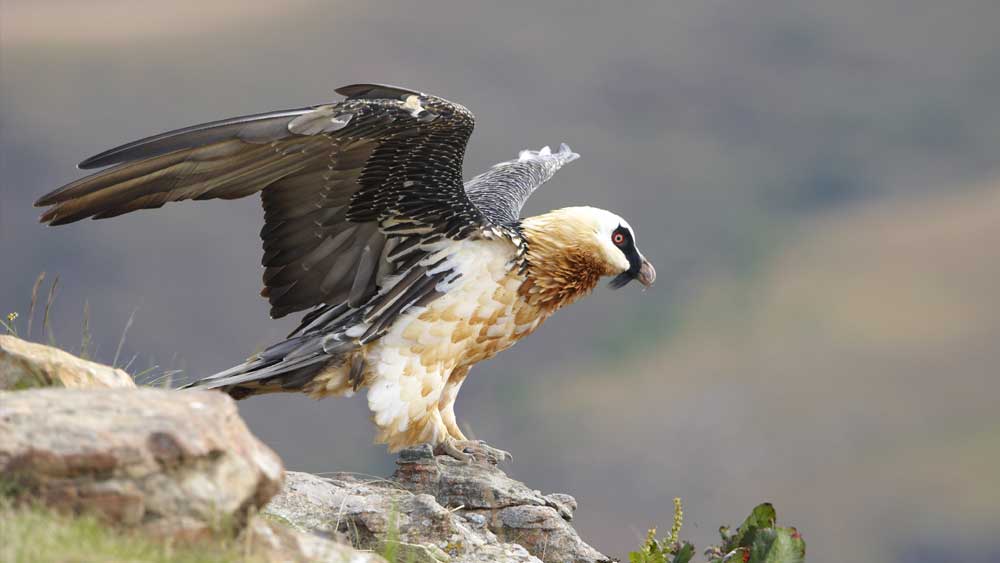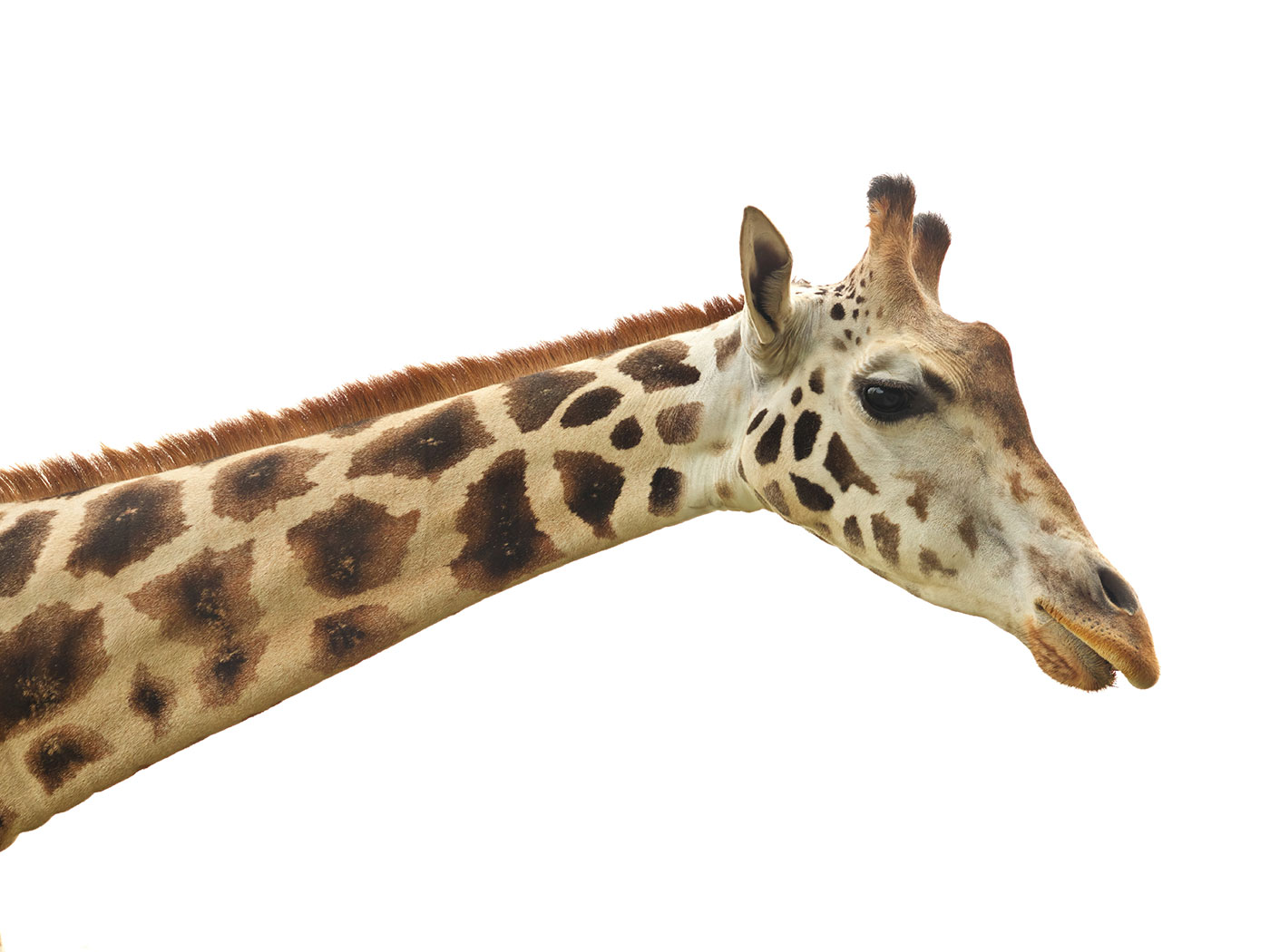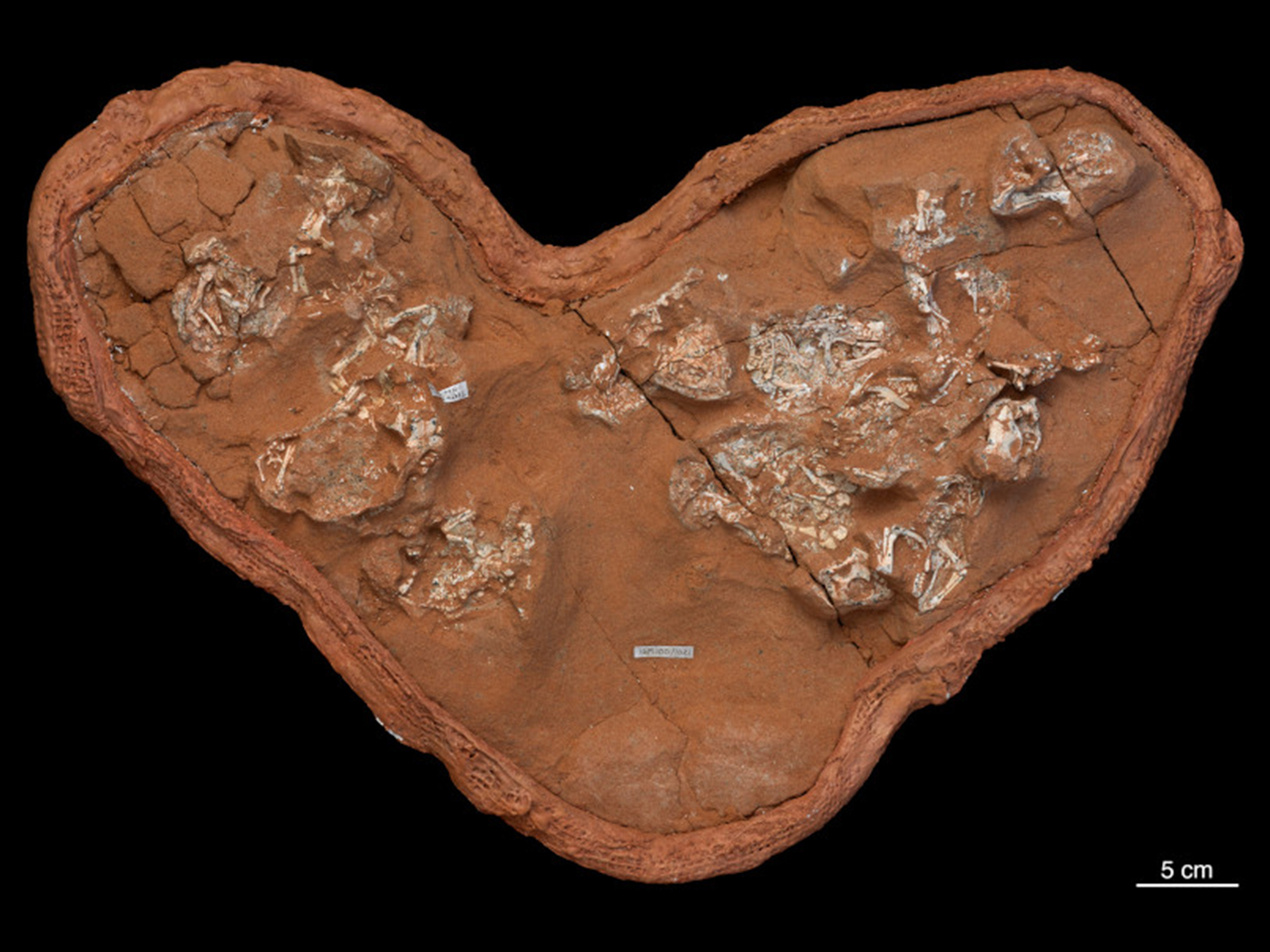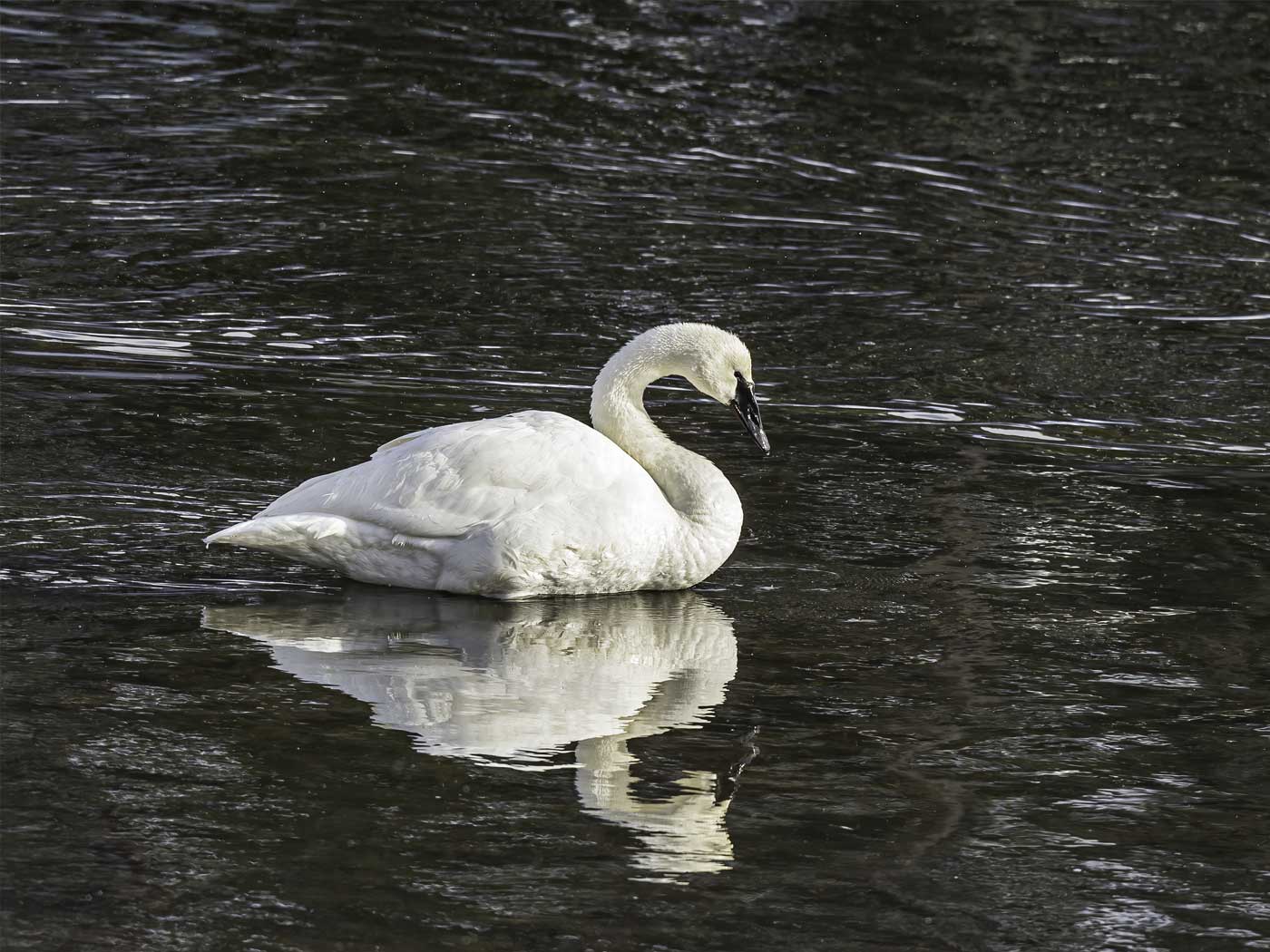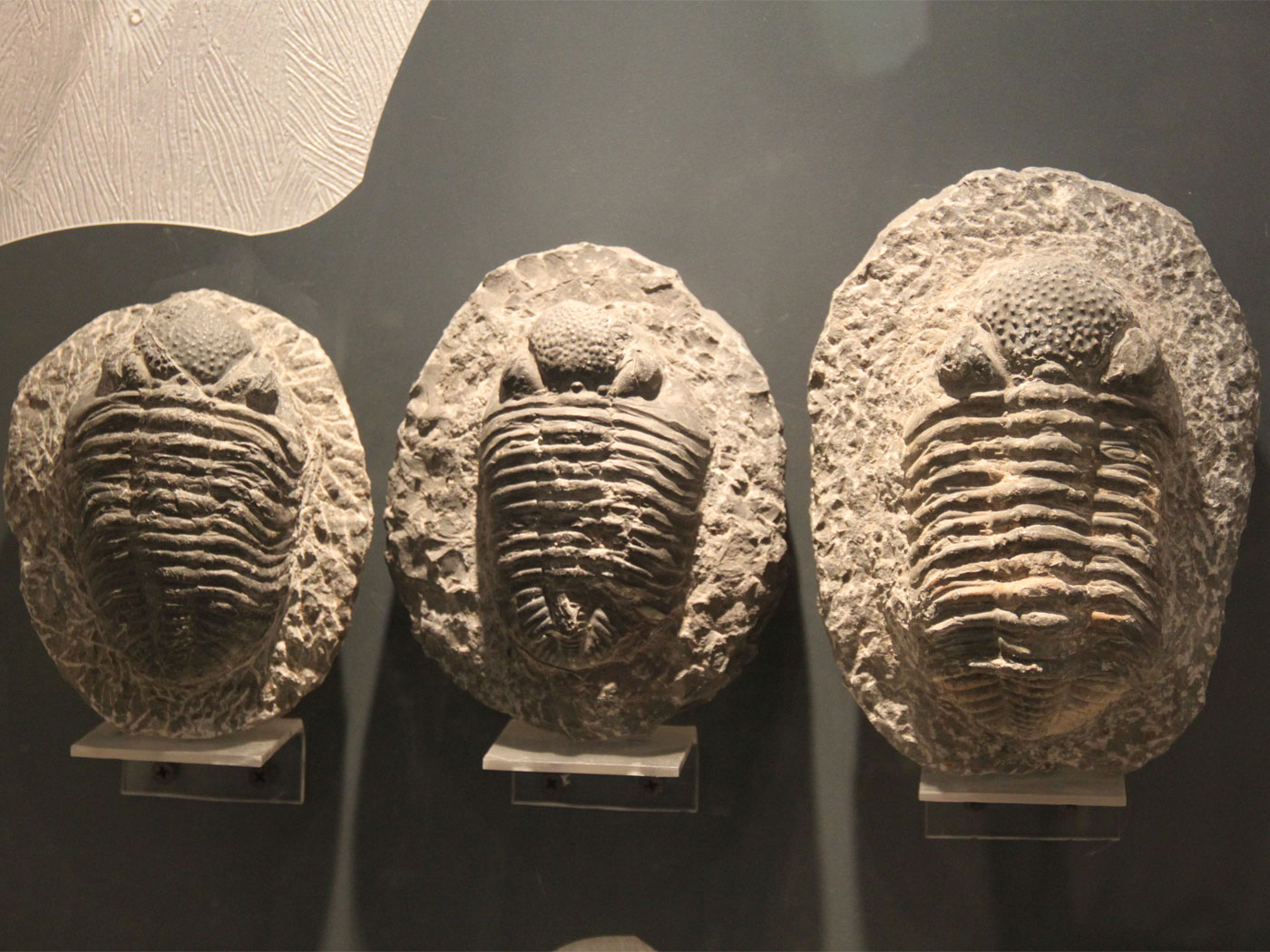The only other British sighting of a Bearded Vulture occurred back in 2016 in Monmouthshire.2
This bird of prey has a commanding presence—it’s huge and hairy-looking! The bearded vulture is large: 3-4 feet long with a wingspan of 7-9 feet. It can weigh 10-17 pounds, with females being slightly larger than males. Unlike other vultures, the bearded vulture is not “bald-headed.” In fact, bristles under its chin look like a raggedly “beard,” hence the bird’s name.3
Birdwatchers have flocked to the moors to see the bearded vulture, which has only been seen once before in the UK, the Derbyshire Wildlife Trust said. But the trust's Tim Birch said it "couldn't have come to a worse spot in terms of bird of prey persecution". … Mr Birch said as it was coming up to grouse shooting season, there were fears the rare raptor could be intentionally poisoned or shot. … However Richard Bailey, gamekeeper and co-ordinator of the Peak District Moorland Group, said "suggestions that this vulture is at risk from attack by gamekeepers" were wrong.1
Admittedly, the bearded vulture has a rough, if not thuggish, reputation. In Germany it is called lammergeier, meaning “lamb-hawk,” due to its habit of preying on lambs—not a positive reputation in agricultural communities. Also called “ossifrage” (meaning bone-breaker), about 80% of the bearded vulture’s diet is animal bone marrow, mostly from mammal bones, but also from bird bones.3,4
[Derbyshire Wildlife Trust’s] Birch said the bearded vulture fed mainly on bones from carcasses, very rarely on live prey, and could swallow bones whole, which were dissolved in its stomach.1
Although scavenging can provide needed food, especially during the breeding season, these vultures often attack live prey, such as hares, rock hyraxes, marmots, and even monitor lizards. More so than predatory hawks or eagles, bearded vultures often attack larger mammals, such as sheep or goats, which are dropped from heights onto rocky surfaces to break their bones. Bearded vultures also grab turtles and drop them from heights to crack open their shells.3,5
Meanwhile, to say this mountain-dwelling bird is rare—only the second time ever observed in Great Britain—is an understatement.
Birdwatcher Indy Kiemel Greene, 15, who photographed the bearded vulture on Sunday, shared the trust's fears for its safety. He said: "Unfortunately this bird is at great risk because the location that it's at in the Derbyshire Peaks is well-known for raptor persecution….”1
Its preferred habitat is a high-altitude mix of rocky crags, cliffs, canyons, and montane gorges. So what is it now doing in England’s Peak District anyway?
[Tim Birch] said it was thought the raptor had come from the French or Swiss Alps, where the endangered species is being reintroduced. About 500 birdwatchers have come to catch a glimpse of the bird from all over the UK, as well as France, Spain and the Netherlands. … It is thought the bird could stay in the area for a couple of weeks if it has found food before eventually returning to the Alps.1
For birdwatchers (and videographers) who can visit the Peak District National Park, this could be the opportunity of a lifetime. But if you visit the park with a pet poodle, keep your pet leashed and very close to you. No need to take a chance.
References
1. Burman, H. Fears for Bearded Vulture Spotted in the Peak District. BBC News. Posted on bbc.com July 14, 2020, accessed July 16, 2020.
2. Staff writer. Bearded Vulture Spotted Near Severn Bridge. BBC News. Posted on bbc.com May 17, 2016, accessed July 16, 2020.
3. Jonsson, L. 1993. Birds of Europe, with North Africa and the Middle East. Princeton, NJ: Princeton University Press (transl. by David Christie), page 124. See also Clark, W. S. 1999. A Field Guide to the Raptors of Europe, the Middle east, and North Africa. Oxford, UK: Oxford University Pres, pages 56-60 & 302-303, plus Plate 12.
4. Obviously, bearded vultures are not the only predators adept at cracking and crushing bones of their prey—lions have earned a similar reputation (Daniel 6:24).
5. Other large-winged birds of prey are noted for dropping their victims in order to prepare them for ingestion. For example, near Jerusalem, eagles soar while scouting for mammals or reptiles; these same eagles are known to snatch tortoises, and to “kill [them] by dropping and smashing [the tortoises] on rocks from high in the air” (Quoting Noel and Helen Snyder. 1991. Birds of Prey. Stillwater, MN: Voyageur Press, 164).
*Dr. Johnson is Associate Professor of Apologetics and Chief Academic Officer at the Institute for Creation Research.




